Edward Steichen: In Vogue
A painter by training, Edward Steichen changed fashion photography forever
/https://tf-cmsv2-smithsonianmag-media.s3.amazonaws.com/filer/Marion-Morehouse-and-unidentified-model-wearing-dresses-Edward-Steichen-631.jpg)
For the photographers who followed him, Edward Steichen left a creative wake of Mozartean dimensions. There was not much that he didn't do, and do extraordinarily well. Landscapes, architecture, theater and dance, war photography—all appear in his portfolio.
Born in 1879 in Luxembourg, Steichen came with his family to the United States in 1881 and started in photography at age 16, when the medium itself was still young. In 1900, a critic reviewing some of his portraits wrote admiringly that Steichen "is not satisfied showing us how a person looks, but how he thinks a person should look." During his long career, he was a gallery partner with the great photography promoter Alfred Stieglitz. He won an Academy Award in 1945 for his documentary film of the naval war in the Pacific, The Fighting Lady. He became the first director of photography at the Museum of Modern Art in New York City and created the famous "Family of Man" exhibition in 1955.
Though Steichen didn't invent fashion photography, an argument can be made that he created the template for the modern fashion photographer. A new book, Edward Steichen in High Fashion: The Condé Nast Years 1923-1937, and an exhibit through May 3 at the International Center of Photography in New York make that argument with verve. Though expensively dressed women had attracted other photographers (notably the very young Jacques-Henri Lartigue in Paris), Steichen set an enduring standard. "Steichen was a perfectionist," says Howard Schatz, a fashion photographer whose portraits of actors appear in Vanity Fair. "His precise eye for lighting and design makes his pictures from the '20s and '30s, though clearly of their time, still much admired by fashion photographers today."
Steichen spent the first years of the 20th century in Paris, pursuing parallel careers as an art photographer and painter. Those callings, not to mention the sumptuous city itself, would have led his eye toward women, both undressed and very well dressed. In 1907, he made a photograph of two ladies in dazzling white dresses getting into a carriage at the Longchamp racetrack—an early signal that he had an instinct for couture. Four years later, he was assigned by the French magazine Art et Décoration to produce pictures of dresses by the Parisian designer Paul Poiret. As William Ewing, director of the Musée de l'Elysée, puts it in an essay in the book, "Any sophisticated American in Paris with the visual curiosity of Steichen would have been hard-pressed not to pay attention to this domain of publishing." But his success as a fine art photographer outweighed his interest in the more commercial realm of fashion magazines, and he didn't make another fashion photograph for more than a decade.
Then he went through "a bad and expensive divorce," says another of the book's essayists, Carol Squiers, a curator at the International Center of Photography. By 1922, when Steichen was 43, he was undergoing what we now call a midlife crisis. He had, as Ewing puts it, "serious misgivings about his talents with the brush," and Squiers writes that he told fellow photographer Paul Strand that he was "sick and tired of being poor." He needed something to renew his energies and, not incidentally, a means of making his alimony and child-support payments.
Back in New York, he was invited to a lunch that provided a remedy. The invitation came from Frank Crowninshield, the editor of Vanity Fair, and Condé Nast, the publisher of both that magazine and Vogue, whose wife and daughter Steichen had photographed while in Paris. It was Nast who offered him the job of chief photographer for Vanity Fair, which meant, essentially, house portraitist. But regular fashion work for Vogue was also part of the deal, and Steichen gladly accepted it.
At that magazine, he would take the place of the famous Baron Adolphe de Meyer, who had been lured to Harper's Bazaar. Though de Meyer was fashion photography's first star, Steichen soon became its most luminous.
His portraits for Vanity Fair brought him new fame, at least in part because of the status of such celebrity subjects as Gloria Swanson (whom he draped with an evocative veil of black lace) and a formidably handsome Gary Cooper. But on his Vogue assignments Steichen produced pictures as meticulously conceived as any painting by Gainsborough or Sargent—even though he needed to fill page after page, month after month. "Condé Nast extracted every last ounce of work from him," Squiers told me in an interview. Steichen "was a one-man industry for the magazines, so he had to work quickly. But he had a great eye for where everything should be."
Steichen's corner-to-corner attentiveness, coupled with his painterly training, allowed him to make fashion pictures that ranged in style from classic 19th-century illustrations to Art Nouveau and Art Deco. "He was designing with his camera," Squiers says, "and after starting out as a [soft-focus] pictorialist, he brought sharp focus to bear and had a tremendous effect on the field."
Typical of his work is a 1933 picture of a model wearing a patterned dress by a designer named Cheney. Steichen poses her in front of a two-tone background covered with calligraphic curves that echo the dress, then adds a white hat, scarf and gloves, a bentwood chair and tulips—all of which make a composition reminiscent of a Matisse painting. But he also used movie conventions to make even studio photographs—which are by definition artificial—appear to be life at its most enviable. If two women and a man sat at a well-appointed dinner table, Steichen made sure that part of another table, set with equal lavishness, appeared behind them, turning the studio into a fine restaurant in which the black dresses and tuxedo found their proper context.
In 1937, Steichen left Condé Nast and, according to Squiers, spent the next few years raising delphiniums. (He had become an avid and accomplished gardener in France.) After the United States entered World War II, he put on the uniform of a Navy officer and devoted his talents to the war effort. He never returned to photographing clothes, though he kept taking pictures almost until his death, on March 25, 1973, two days short of his 94th birthday.
After the war, a new generation of fashion photographers, most notably Richard Avedon, adopted smaller cameras and faster film, and they began to leave their studios and urge models to move naturally rather than pose. The carefully staged black-and-white Steichen pictures that delighted prewar readers of Vogue mostly gave way to color and spontaneity. But as Edward Steichen in High Fashion proves, his pictures retain their power to please.
Owen Edwards is a frequent contributor to Smithsonian.
/https://tf-cmsv2-smithsonianmag-media.s3.amazonaws.com/accounts/headshot/Owen-Edwards-240.jpg)
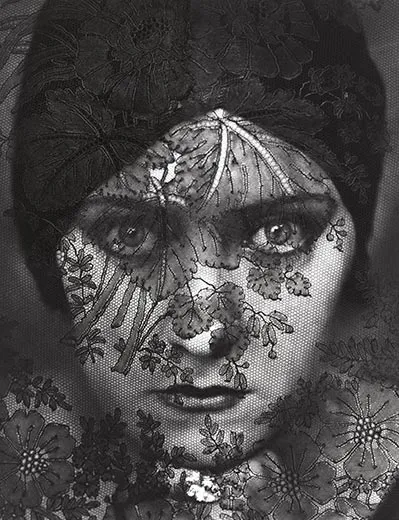
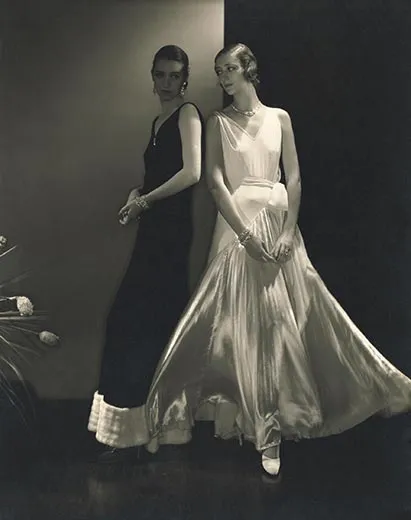
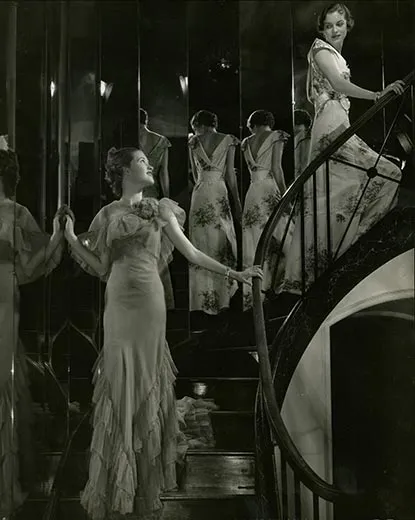
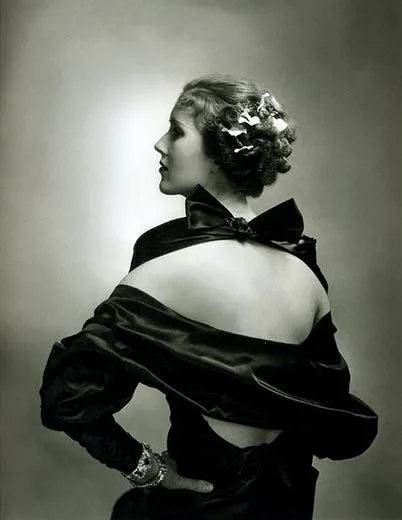
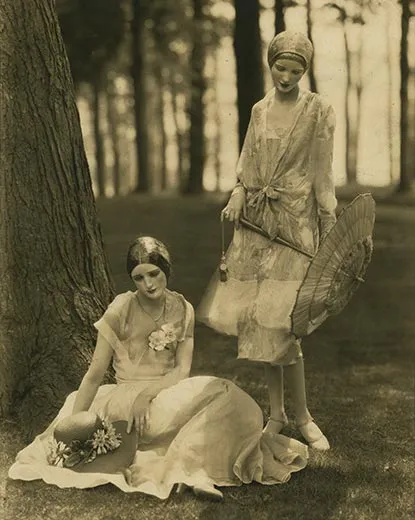
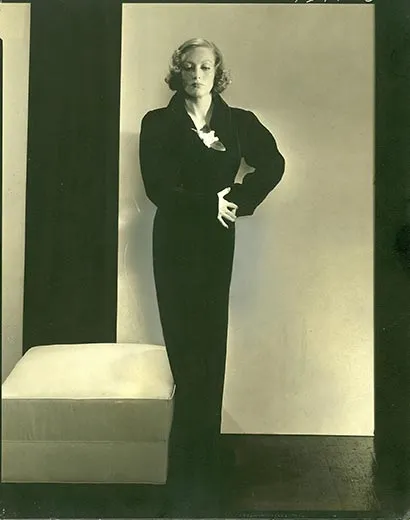
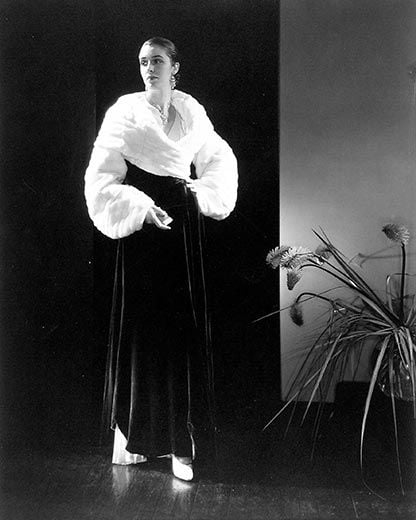
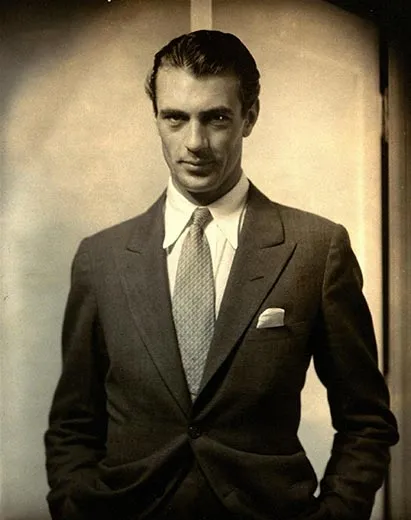
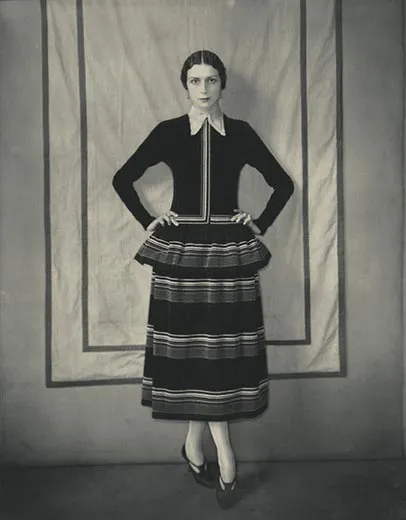
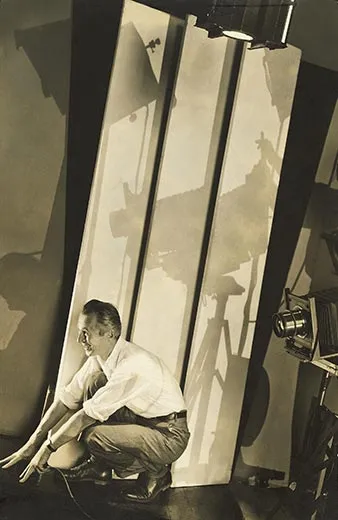
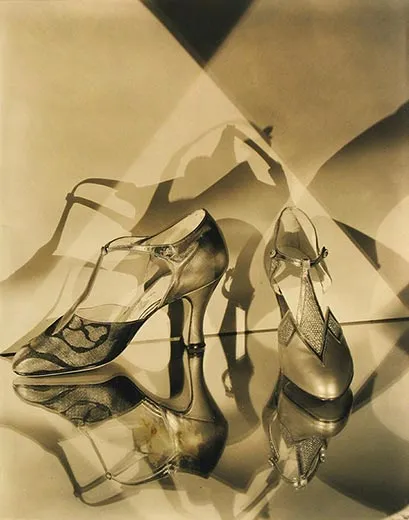
/https://tf-cmsv2-smithsonianmag-media.s3.amazonaws.com/accounts/headshot/Owen-Edwards-240.jpg)